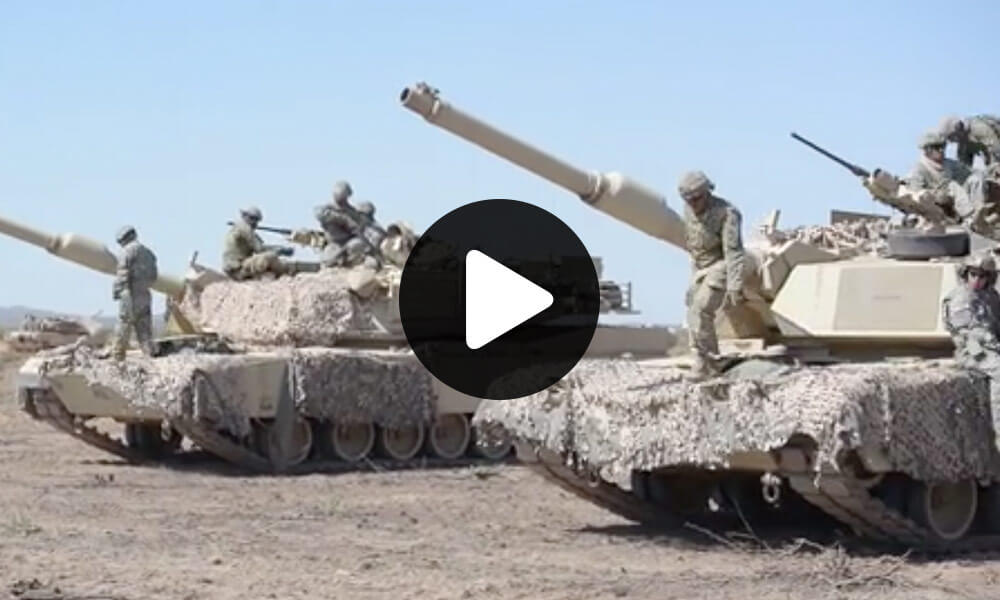
The combination of the advanced-level XCTC regimen and the advanced Fort Bliss maneuver field environment allowed participating Soldiers to take advantage of heightened training that, for many, was unique to any past experience.
“As a National Guard unit, we rarely have the opportunity to utilize a training area of that size,” said SSG Blair. “It allowed us to have a level of freedom in maneuver that we normally do not have. This allowed us to implement TTPs and use equipment that we had trained on in the classroom, but had not been able to implement in an operational situation due to the limitations of other training areas.”
While the vast Fort Bliss training area was beneficial for Soldiers on many levels, it was not without its challenges.
“The terrain offered several challenges, both logistically and operationally,” said SSG Blair. “Most Soldiers had not experienced the challenges of operating tracked vehicles in that type of environment in both day and night and inclement weather.”
Fort Bliss is also characterized by its intense temperature and a hazardous location. Soldiers were encouraged to take precautions in order to perform effectively and efficiently in the extreme conditions.
“The altitude and heat were challenging,” noted CPT Colvin. “We had to get acclimated. We encouraged our Soldiers to stay hydrated, eat and check on their battle buddies regularly. We had never operated in that type of terrain. It was excellent training just getting there.”
PFC Enrique Cabellero, a medic with the Headquarters and Headquarters Battery, 113th Field Artillery, noted how his role was to ensure the medical conditions were safe for the Soldiers.
“We check on Soldiers and make sure everything is okay,” he explained. “We are constantly reminding Soldiers to hydrate, eat and watch out for the wildlife like snakes, scorpions and spiders.”


